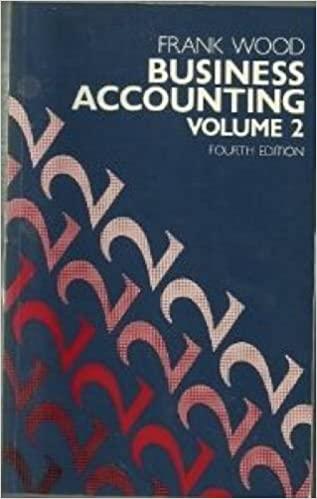Question
Mount Inc. was a hardware store that operated in Boise, Idaho. Management made some poor inventory acquisitions that loaded the store with unsalable merchandise. Due
Mount Inc. was a hardware store that operated in Boise, Idaho. Management made some poor inventory acquisitions that loaded the store with unsalable merchandise. Due to the decline in revenues, the company became insolvent. Following is a trial balance as of March 15, 2011, the day the company filed for Chapter 7 liquidation. Company officials believed that sixty percent of the accounts receivable could be collected if the company was liquidated. The building and land had a fair value of $97,500, while the equipment was worth $24,700. The investments represented shares of a publicly traded company that could be sold at the time for $27,300. The entire inventory could be sold for only $42,900. Administrative expenses necessary to carry out a liquidation would have approximated $20,800. Required: Prepare a statement of financial affairs for Mount Inc. as of March 15, 2011. Assume that the company was being liquidated and that the following transactions occurred: Accounts receivable of $23,400 were collected. All of the company's inventory was sold for $52,000. Additional accounts payable of $13,000 incurred for various expenses such as utilities and maintenance were discovered. The land and building were sold for $92,300. The note payable due to the Idaho Savings and Loan was paid. The equipment was sold at auction for only $14,300 with the proceeds applied to the note owed to the Second National Bank. The investments were sold for $27,300. Administrative expenses totaled $26,000 as of July 26, 2011, but no payment had yet been made.
Indicate how much money will be paid to the credit associated with each debt group.
Step by Step Solution
There are 3 Steps involved in it
Step: 1

Get Instant Access to Expert-Tailored Solutions
See step-by-step solutions with expert insights and AI powered tools for academic success
Step: 2

Step: 3

Ace Your Homework with AI
Get the answers you need in no time with our AI-driven, step-by-step assistance
Get Started


